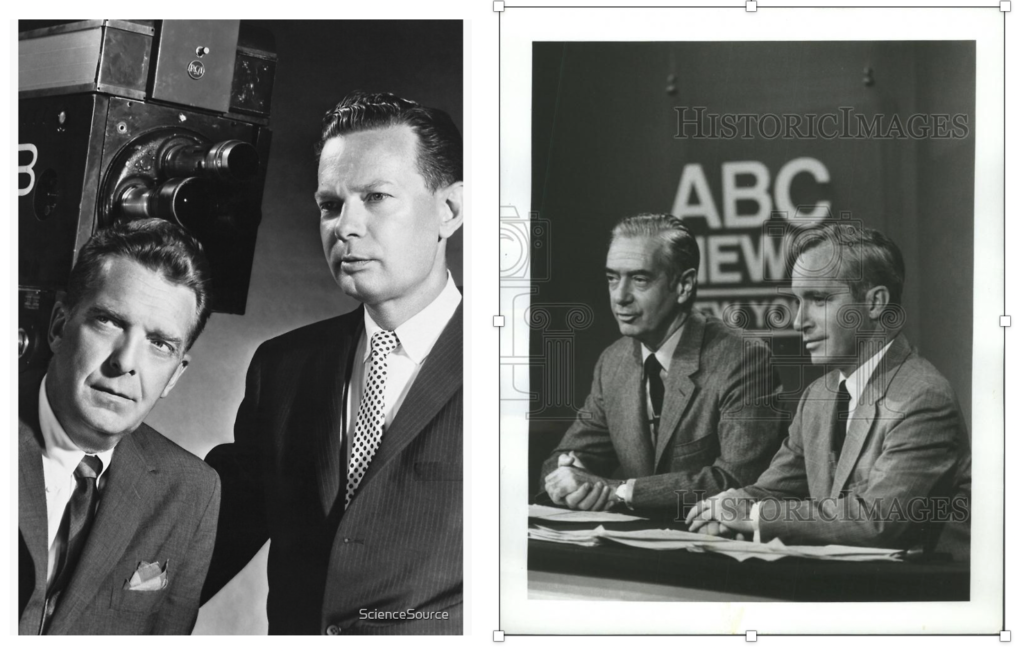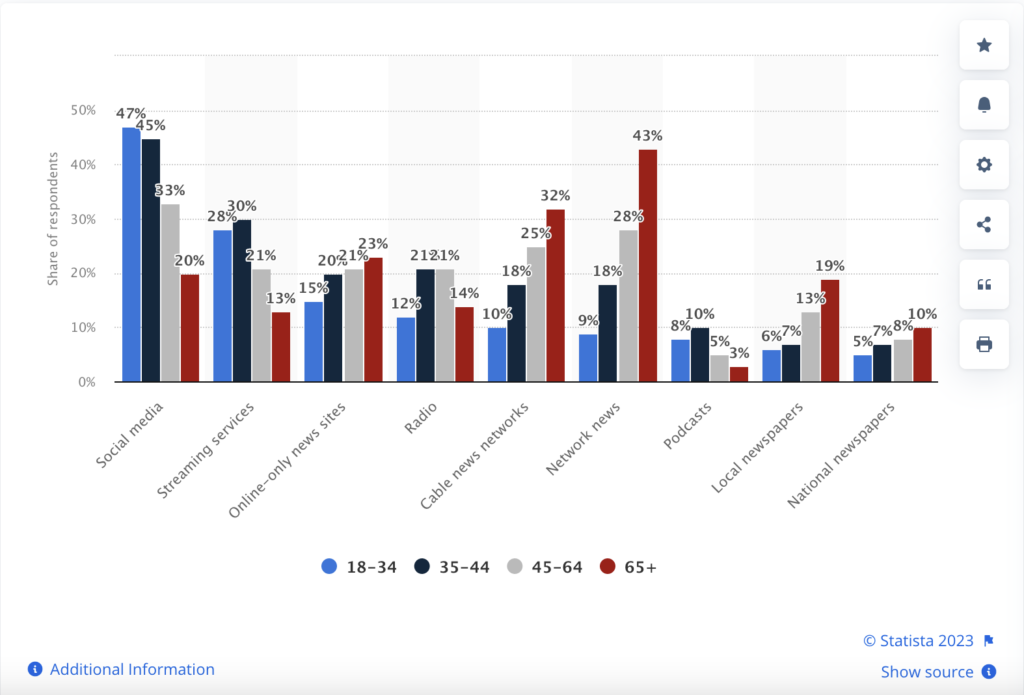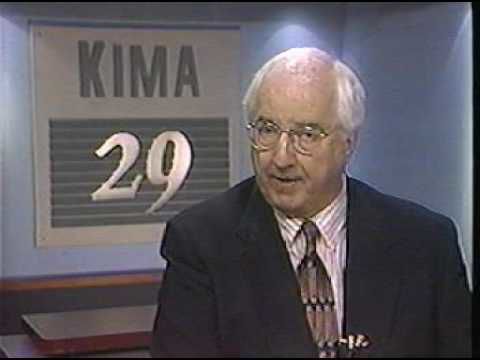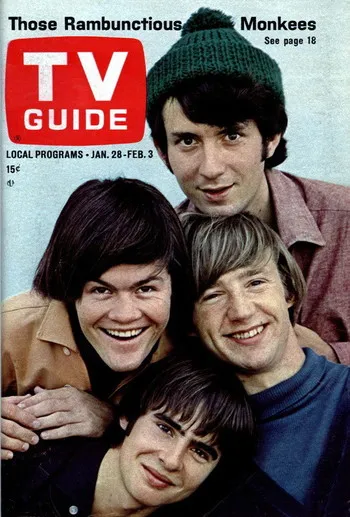I’ll admit it. I’m old.
Stick with me. I have a purpose behind my “back in my day” lecture.
For nearly 20 years, I’d sat down in front of the television with my family at 6 p.m. We’d click the dial on the TV to CBS where Walter Cronkite would tell us “…and that’s the way it is..” each weekday evening.
Unlike you, I only had a few sources for television news. There was Cronkite on CBS and Huntley and Brinkley on NBC. Over at ABC Frank Reynolds and Howard K. Smith anchored the news. I didn’t watch them much, because we didn’t have an ABC affiliate in the Yakima Valley until I finished junior high.

Howard K. Smith and Frank Reynolds anchored ABC’s national news.
I grew up watching T.J. Close anchoring the local news on KIMA-TV in Yakima.
(I interviewed with T.J. for my first television job. Kinda weird to act grown-up around a man I’d watched on TV since I was a toddler!)
Newspapers were much more prevalent back in my day. Most major cities had at least two viable newspapers. Yakima used to have two but in 1968, the papers merged to become the Yakima Herald-Republic.
A neighbor drove around the country early each morning to deliver the paper to our mailbox. No clicking on a computer and downloading a story.
Bottom line, I had a limited number of sources for my news and entertainment. When I wanted to watch television news or this week’s episode of “The Monkees”, it was appointment TV. You had to be there to watch it. No videotaping. No TiVo. No streaming.
Now, let’s think about how many sources you have to get your news and entertainment today. More than my handful of sources? The answer is, YES!
You’re getting your news digitally (and it’s hard to control the content)
While oldsters like me still turn on the television to catch the news, your demographic takes another route. You’re getting your news via social media on your computer, your tablet, or, most likely, on your phone.
While I got my news from “The Most Trusted Man in America,” you’re getting your new via your social media feed. You’re being bombarded with news sources ranging from subscription news feeds to HuffPost to TMZ to your Uncle Bob.

I could pretty much count on Cronkite giving me an unbiased view of the news. He didn’t have much competition so he didn’t have to air flashy stories to drive up the ratings. Cronkite and his crew covered politics, the economy, Vietnam, fuel prices and more. I do recall them doing a story about The Beatles when they came to the U.S. the first time, but that was pretty much the extent of the entertainment news.
Today, you have hundreds of thousands of potential news sources. Each one fights to grab your attention and, in extension, your dollars. Some sources are legit; some aren’t. Each news outlets tries to differentiate themselves from the rest of the pack in hopes of attracting your attention.

So, if you’re more interested in when Ed Sheeran’s next album will drop than gas prices, you’re more likely to choose the news source with info about Sheeran. And once you make that choice, algorithms will work their magic to steer you toward more sources about Ed Sheeran and away from stories about gas prices, the economy, taxes, politics and other life impacting stuff.
What lies ahead for you this quarter
Over the next few weeks we’ll start to understanding how we communicate ideas via the media. We’ll develop some tools to help us better analyze media sources. We’ll learn how some media sources change. We’ll learn about the power of advertising, and how you’re exposed to advertising without even knowing it. We’ll learn about algorithms and how they can give us a slanted or narrow view of the world. Then you’ll explore an issue or element in media communication that intrigues you.
Your assignment: Blog Response #1
To start our journey, talk with someone at least 5 years older than you. It can be your parents, your aunt, the neighbor, your priest, your big brother, or whoever. How did they use media? What media was available to them? How has media changed their lives. Compare what they had to say with how you use media today.
Post what you learned to the Blog Response #1 (BR#1) assignment. To give you an idea of how much detail I’m expecting, what you submit for this assignment should be 1 to 1.5 pages long single spaced (2 to 3 pages double spaced).
Oh… and there’s a couple of other assignments you need to finish this week. Now, head back to Canvas and start knocking those first week assignments out!
Logistical note: I run this class from Wednesday to Wednesday. I’ll upload new info and assignments on Wednesday before 6 p.m. You’ll turn in the previous week’s assignments Wednesday before 11:59 p.m.


